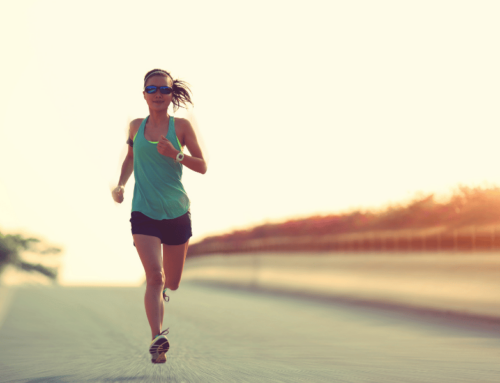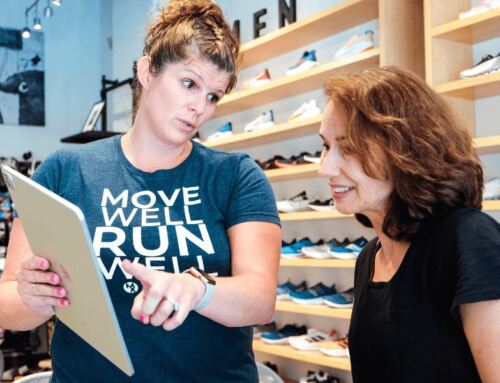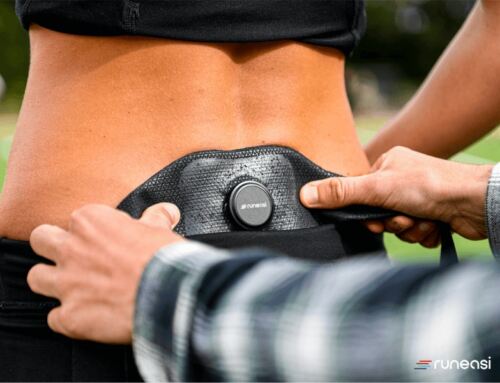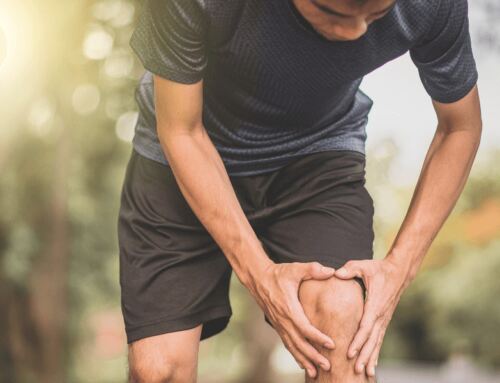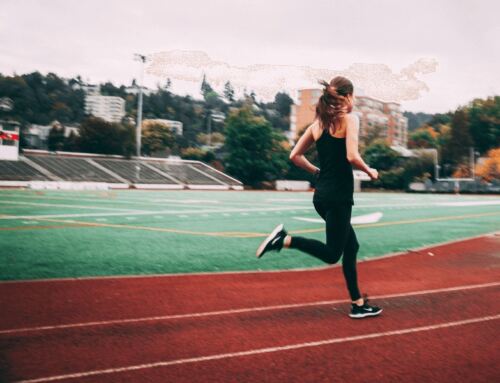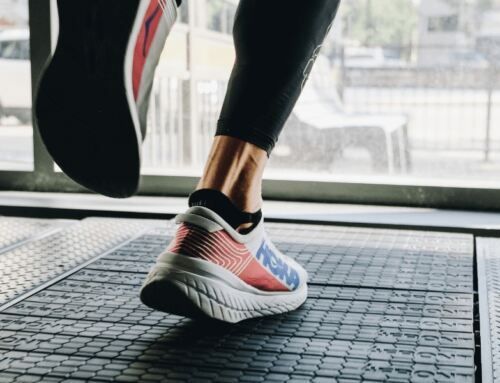3 Easy Foot Exercises Every Runner Should Be Doing
On your mark, get set, strengthen those feet? As runners we often don’t think about the crucial role that our feet play in helping us add up those miles. Sure, we may spend time foam rolling, making sure we have a good pair of shoes, but what if I told you that some simple strengthening exercises can go a long way in keeping us running injury free? In this blog, we are going to explore 3 simple foot strengthening exercises that you can perform today and WHY they are crucial to healthy injury free miles.
Foot Anatomy
As a Doctor of Physical Therapy and Certified Running Gait Analyst Level 1 and 2 I often get asked what my favorite body part to treat is, and you want to know the honest answer? The foot is definitely up there on the list. Now I know some of you may be thinking “well that is a bit strange” but hear me out, let’s dive into why this area of the body is so amazing.
To begin, the foot is made up of 33 joints and to support those 33 joints we have countless ligaments, tendons and muscles that allow it to do what it needs to do. When we are running, our foot is the only body part in contact with the ground and has to be able to appropriately communicate information and forces up the kinetic chain to keep us moving forward.
When we look at areas of the foot that need to have appropriate mobility and strength there are a few that come to mind. Let’s dive into those and some exercises to do below:
The Big Toe
The big toe, such an undervalued but crucial part of our foot and ankle complex. For running related purposes, we need about 70 degrees of what we call great toe extension; essentially you should be able to pull your big toe up towards your ankle to roughly 70 degrees. Why is this important? If we don’t have necessary big toe mobility, it can cause our foot to go into excessive pronation when we are running. Pronation is not a bad thing – let me repeat for the people in the back, pronation IS NOT a bad thing, and is actually a healthy part of the running gait cycle, but when we spend too much time in pronation while running, this is when we can sometimes see issues up and down the chain [2].
With all this being said, working on big toe mobility is important and is the first exercise we are going to tackle to get those feet feeling strong!
Great Toe Raises
- Begin this exercise with both feet firmly planted on the ground and with socks and shoes off (psst we need those toes to have room to wiggle)
- From here, attempt to keep your 4 little toes on the ground while you lift your big toe up towards the ceiling
- Pause for a second before returning to the starting position. Attempt 15-20 reps if able, 2x/day
Finding this exercise frustrating? You are not alone and many runners that I treat find this to be a difficult task! Don’t be too hard on yourself, these muscles that we are asking to work are small and sending that neural signal from your brain all the way down to your feet is tricky especially when this likely hasn’t been a practiced movement before. But don’t worry – with consistency this will improve! For your first few attempts at it, don’t hesitate to reach down and let your hand help to guide your big toe up to really get the hang of that movement pattern.
The Ankle Joint
The ankle joint, or talocrural joint, is wildly important with running as well. Studies have shown that a limitation in ankle dorsiflexion (pulling our foot up towards us) can lead to increased risk of injury such as recurrent ankle sprains [1]. Why? When we lack ankle dorsiflexion, this can alter where our foot is hitting the ground when we are running, which can in turn alter how forces are transmitted up the lower extremity.
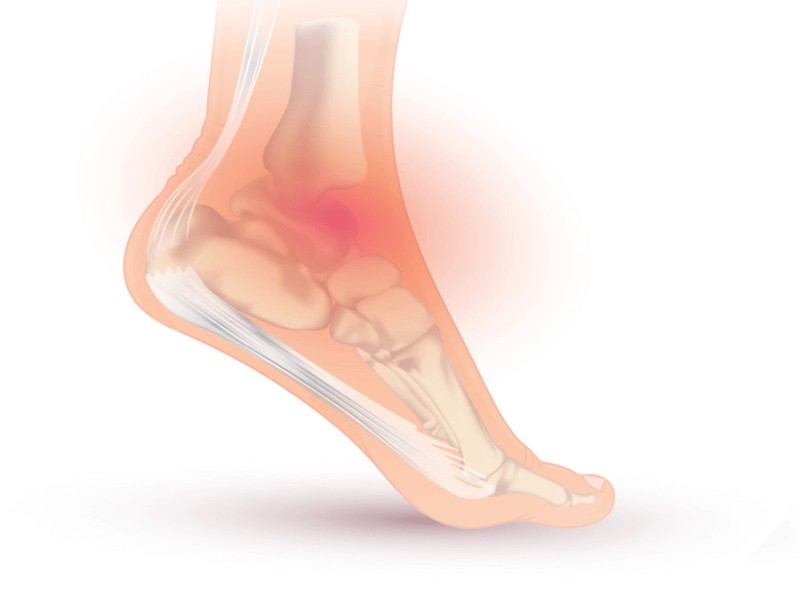
More often than not, running injuries are a result of repetitive overuse to an area of the body that isn’t moving like it should or doesn’t have the necessary strength needed to complete the task at hand – so let’s be sure that that ankle is moving! Try this exercise below!
Toe Raises at Wall
- Get set up with your back leaning against a wall and walk your feet out in front of you a few steps (shoes and socks off, please)
- Keep your knees straight, keep leaning back against the wall, and lift your feet off the ground pulling them up towards the ceiling
- You will feel the muscles on the front of your shins working as you do so
- Try to get maximum height here to work through as much ankle dorsiflexion as you have available
- Perform 2-3 sets of 10-15+ reps if able
The Calf Muscles
Let’s dive into the powerhouse that is the calf muscles and understand a bit more of the anatomy as to why these muscles are so important for runners. But before we get started, quick trivia question for you, how many calf muscles are there? Many individuals will say 2 (the gastrocnemius and the soleus muscle) however, there are actually 3 calf muscles (the gastrocnemius, the soleus & the plantaris).
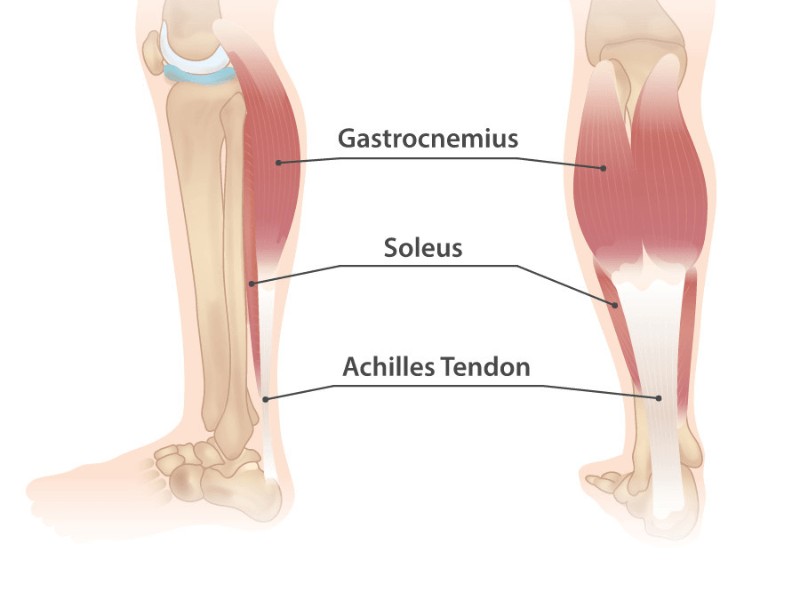
These 3 muscles play a very important role in running, especially the soleus muscle as it is made up of primary type 1 muscle fibers, which are slow twitch fibers meaning they step up in a major way for endurance based sports such as running [3]!
One of my favorite soleus strengthening exercises? The…
Bulgarian Split Squat Soleus Raise
- Begin this exercise standing on one leg with your rear foot resting comfortably on an elevated surface behind you
- From here, bend the knee of your front leg as you perform a single leg squat type motion
- Once at the bottom of the squat, push up onto your toes performing a heel raise
- Let the heel returning to the ground and then return to the starting position
- Aim for 2-3 sets of 10-15+ reps on each side + add some weight (details below)
This exercise is great for runners for so many reasons! Not only is it working on strengthening the calf muscles (with a bit more bias towards the soleus muscle due to the bent knee position) but it also challenges our single leg strength and control which is absolutely essential for running! Another wonderful thing about this exercise is that we can load it up -that’s right! Grab some dumbbells in each hand or place a barbell on your shoulders! Our calf muscles are strong and should be trained this way.
Conclusion
These simple yet effective exercises can make a difference with feeling strong while running! So take off those shoes and socks and get to strengthening!
But remember, staying strong as a runner does not just include strengthening those feet as there are a wide range of running specific exercises you could be doing to help to keep those PR’s coming! If interested in learning more about what your specific body needs to help you meet your goals, be sure to contact a skilled physical therapist here with MovementX who can help!
Here’s to strong feet and fast miles!
References
- Lindsay K. Drewes, Patrick O. McKeon, D. Casey Kerrigan, Jay Hertel, Dorsiflexion deficit during jogging with chronic ankle instability, Journal of Science and Medicine in Sport, Volume 12, Issue 6, 2009, Pages 685-687, ISSN 1440-2440, https://doi.org/10.1016/j.jsams.2008.07.003.
- T.M. Willems, D. De Clercq, K. Delbaere, G. Vanderstraeten, A. De Cock, E. Witvrouw, A prospective study of gait related risk factors for exercise-related lower leg pain, Gait & Posture, Volume 23, Issue 1, 2006, Pages 91-98, ISSN 0966-6362, https://doi.org/10.1016/j.gaitpost.2004.12.004.
- Gollnick, P.D., Sjödin, B., Karlsson, J. et al. Human soleus muscle: A comparison of fiber composition and enzyme activities with other leg muscles. Pflugers Arch. 348, 247–255 (1974). https://doi.org/10.1007/BF00587415
About the Author
Dr. Lauren Lynass is a physical therapist in Beaufort, SC. She is a certified in Running Gait Analysis and Strength & Conditioning. Lauren specializes in Dry Needling, Sports Injuries, and Pediatric Orthopedic Conditions (and Torticollis). Beyond her practice, Lauren is an avid runner, reader, and trailer traveler!



